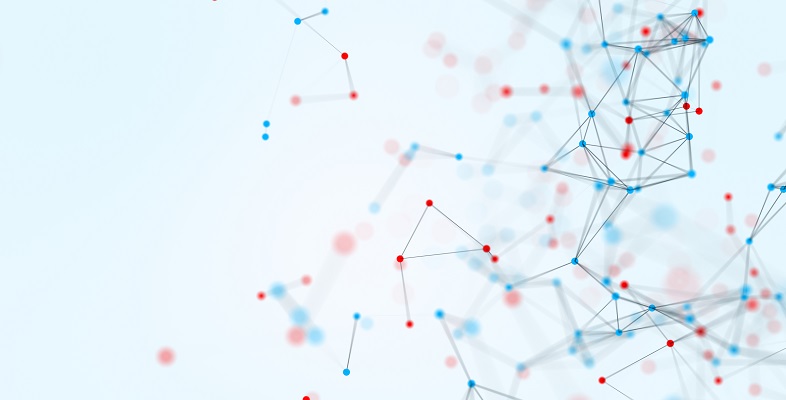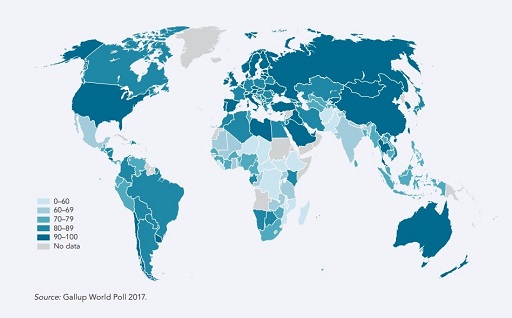7.2 Technology and change
The internet has fast cemented its position as the place to buy and sell, with a wide variety of core product sites and services available for the exchange of funds when purchasing goods (Amazon, Apple, eBay, Google Pay, PayPal, Boohoo, ASOS to name a few). We are fast becoming a contactless payment society, with phones replacing cards as a means of transaction.
Amazon’s revenue in 2019 was 280.52 billion dollars, which is staggering when you consider the company started in 1994.
Technology has transformed how we interact, trade, relate and manage. 20 years ago social media platforms didn’t exist. Facebook was only formed in 2004, yet they are ubiquitous, with 2.7 billion active users. Other popular platforms now include Instagram, TikTok, Twitter, YouTube. This remote interaction through technology has obviously and overtly impacted on our use and reliance of technology. Think about the discussion of GPS and satellite navigation earlier in the course – where would we be without this kind of technology?
The empty shops in town centres over recent years are evidence not only of economic issues, but also of a move from away from our more traditional means of commerce. Banks, for example, closed a third of their branches between 2015-2020, driven in large part by cost controls and restructuring, but also by the shift to online and app-based banking, as demonstrated by digital banks like Revolut and Starling.
As of 2020 there were 14.02 billion mobile devices in the world. The global distribution of mobile phones is shown in Figure 23:
Mobile phones have a multitude of functions, and it’s clear that they have significantly changed many of our behaviours.
They can assist with achieving health goals, with various fitness apps and platforms available (e.g. Strava, MyFitnessPal and Google Fit) that the phone either uses independently or synchronises with wearable technology, such as activity trackers or smart watches. The data can be used not only by an individual, but also collated for use in areas such as public health planning and city planning.
What’s important to understand is the importance of the technology in our everyday lives, and the potential for it to be used to better manage and protect our health.

